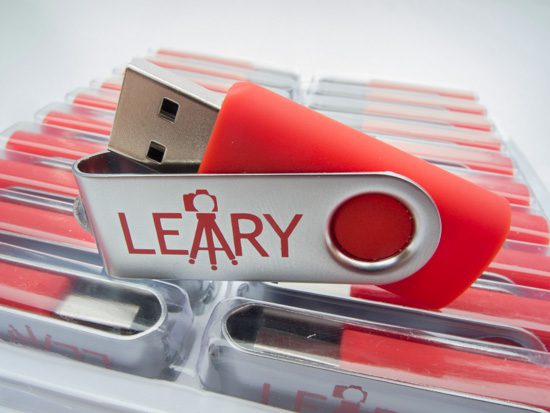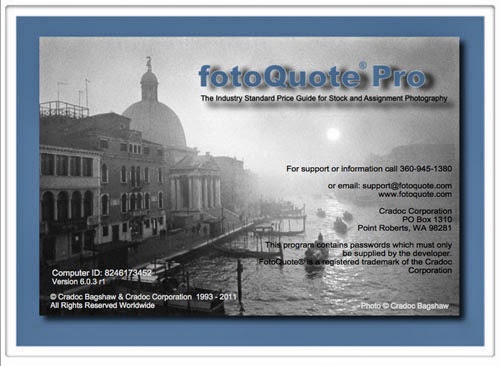Yes and No: It Depends
Listing your prices depends on what type of customer you have. For example, if you are shooting for public portraits and weddings, you should have your prices listed.
Another way to think of it is, are you doing B2B or B2C? B2B is contemporary shorthand for a longtime sales practice called business-to-business, while B2C represents business-to-consumer. In essence, B2B deals primarily with other businesses, not the general public, and B2C provides products and services directly to the end user.
Having your price listed helps you and the customer.
How it helps you is as a filter. Once the customer has gone to your website and seen your prices, then when they are calling, they are already aware of your fees.
When looking for a gas station, I use the GasBuddy App to help me locate a station and see the prices before I drive.
If you tell people to call you, you better be ready for phone calls during dinner, bedtime, or anytime.
For the most part, many of your portrait and wedding customers want to know if you are within their budget before starting their conversation with you; frankly, most photographers want qualified leads.
Two ways to list pricing
First, you can put your full menu of prices up. What you charge for a sitting fee and your print prices are excellent to post.
If the fear of the photographer down the street seeing your prices and undercutting you is your greatest fear, then you have a lot more problems. They can always get a friend to call and get your prices.
There will always be someone cheaper than you. Race to the bottom on pricing is an authentic experience once you have been in the industry for a few years. You have to raise your rates sooner or later if you have kids at home to feed.
Second, you can also indicate that your prices start at $300 with an average order of $500. But, again, be careful that you are truthful. Don’t try and get them in the door with a low price so insignificant that they must go up in price to get what most people need.
Be sure not to use a link to a pricing page and then give them prices starting quote.
You can also list your basic packages and what they include and then state to call for higher-end packages. Again, remember how you word this can make those upper packages more desirable.
 |
| 21 Jewel High-End Railroad Pocket Watch Hamilton 940–Not your $19.95 Timex Watch |
Sidebar about Prices
Some customers can go very high-end. One of the reasons they like to buy things like Rolex or a Lamborghini is they don’t want what they get to be what all their friends have. They want an exclusive package that is not easily attainable.
Some photographers list their prices, which are out of sight to go after this market. However, if you can pull off the high-end service necessary with this type of photography, you might be able to lure people with your prices.
Commercial, Advertising, and even Editorial photographers
Due to the nature of the clients and how they will use the photos is not boilerplate; you are best not to have any prices published. Not listing your prices is not because of your competition finding out, but the number of variables to figure a fee makes it almost impossible to have standard prices.
Many use portraits on a website to accompany the bio of a salesperson. The same type of photo could be their brand used for a national ad campaign. You might charge $1,000 for one use and $5,000 for another service, and even $30,000 for another kind of usage.
 |
| Yamaha YTR-735 trumpet |
How do I find out the going rates?
You might be new to charging for your photography. I always get calls from beginners wanting to know what they could trust.
First of all, there is no going rate. Photographers decided what they would charge for headshots in a market if they got together, then that would be illegal.
For comparison purposes, think if you were starting as a construction worker. It might take you a day to do a job that, after about five years of experience, you could do in a couple of hours. Also, the quality might even be better with all that experience. If you continuously charge a day laborer rate, then the person hiring you will most likely get ten times more work from you in five years than they would when you first started for the same day rate.
Remember, there are a lot of things affecting what you can charge. For example, your experience, quality of your work, and expenses can impact that price.
My advice to those starting is to keep your overhead as low as possible. Don’t buy the most expensive gear, most expensive car, most expensive house, and eat out all the time when you are beginning. Do just the opposite. Cut out every luxury you can so you can charge a rate less than those with years of experience. Be sure your rates will cover all your living expenses and ability to run your business.
You will have to suck it up for the first few years until you have enough clout to charge higher rates and get them.
 |
| Jay Maisel, Bernie Boston, Hugh Morton & George Tames at the Southern Short Course in Charlotte, North Carolina on May 10, 1986. |
Warning About Other Pros
Too many seasoned pros try and tell those beginning to charge rates similar to their rates. It takes some time to establish your style; it will be challenging to get reasonable rates. With this said, you also need to be sure you are charging enough to make a living. Building your clients takes time, so I recommend keeping your overhead as low as possible when starting.


















